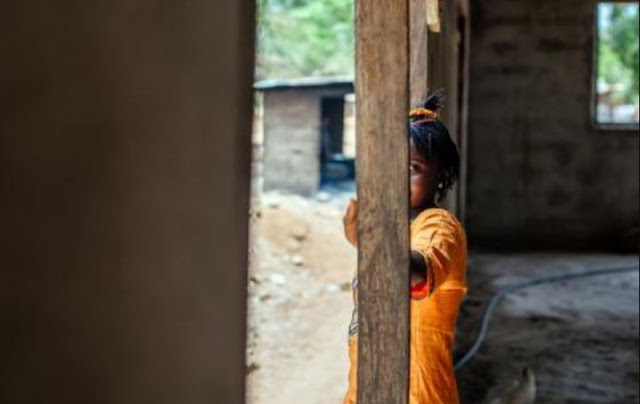The Exploitation Of Girls Always More Violent And More Invisible
160 million children are currently forced to work. Between 2016 and 2020, 8.4 million more girls and boys were forced into it! Terrifying figures which reflect intolerable reality: childhood deprivation, endangering health and exclusion from education.
Girls are particularly affected by this scourge. Compelled to the most violent, dangerous and invisible forms of work, they remain the first to be affected by trafficking, commercial sexual exploitation, domestic slavery, work in mines or enlistment in armed groups. The exploitation of girls deprives them of their childhood, their potential, their dignity and their education.
On the occasion of International Girls' Day, which Plan International is behind with the UN, the NGO is mobilizing on October 11, 2021 against the exploitation of girls and for education as a lever for emancipation.
The Forgetfulness And Invisibilization Of Girls
Girls' work constitutes a serious violation of their fundamental rights (ILO Conventions 138 and 182 on child labor) and a major obstacle to the achievement of Sustainable Development Goals (SDGs) 8.7 and 16.2. It takes different forms: trafficking, sexual exploitation, domestic slavery, work in mines, enlistment in armed groups, etc.
Girls often find themselves forced into unregulated and informal domestic tasks, which remain largely invisible among the data collected in this area. On average, they devote 40% more time to it on a daily basis than boys, i.e. 160 million more hours per year (OIT).
Excessive working hours, absence of a day of rest, poverty or non-existent wages shape their daily lives.
In an emergency context, especially during armed conflicts, the risk of girls' work increases! In countries at war, the incidence of child labor is 77% higher than the world average (ILO). While their protective environment is weakened, girls and adolescent girls find themselves exposed to strong threats of gender-based violence and recruitment into armed groups. Sometimes combatants, often sex slaves, they remain the great forgotten ones in conflicts, despite the many tasks they take on. They fight on the front line alongside boys, loot, serve as spies, sex slaves, shields or even human bombs (see our report on girl soldiers).
The Impact Of The Covid-19 Pandemic
The Covid-19 pandemic and the rise in the level of poverty have devastating consequences on the exploitation of girls. They plunge more than 150 million children into extreme precariousness (Unicef). However, we know that when the level of poverty increases by 1%, child labor increases on average by 0.7% (ILO).
In Cambodia for example, the trafficking of girls almost doubled in 2020 due to the pandemic, with more than 1 case detected every 3 days in some villages (UNODC). Locked in their homes due to the health crisis, many girls find themselves forced to work more than 10 hours a day to help their families. Deprived of the place of protection and learning that school represents, girls are exposed to the risks of informal domestic exploitation and sexual violence in the family sphere (read our global survey on the impact of the pandemic). At home, they are forced to do household chores such as cooking and cleaning. There is also a dramatic increase in online sexual exploitation. In the Philippines, for example,
Despite the recent reopening of schools in most countries, 11.2 million girls may never return to school (Unesco). Many of them have had to give up their education or reconcile going back to school with their jobs, working several hours more per day.


Comments
Post a Comment